Review: The Grand Design
By Stephen Hawking and Leonard Mlodinow
Humour and Philosophy, but Ultimately Unsatisfying
Stephen Hawking is not only, without question, one of our greatest surviving physicists, but also, remarkably given his disability, one of the field’s great communicators and educators. Having enjoyed his previous writing I was very much looking forward to his insights on the cosmological advances since A Brief History of Time. However, although this latest book is both entertaining and thought provoking, it ultimately left me frustrated with its failure to properly explain these new scientific concepts.
The Templar Salvation
A Rip-Roaring Romp, with Cutting Questions on Christianity Continue reading
Simply the Best!
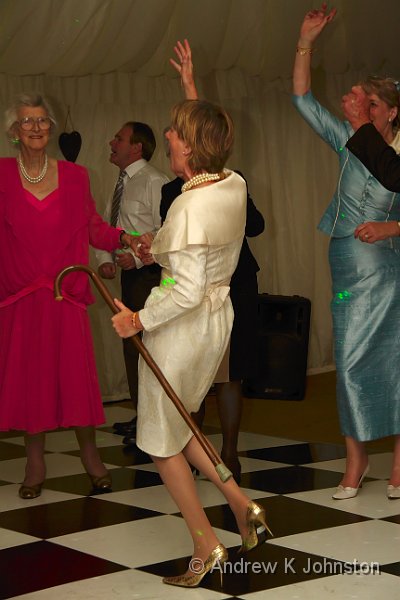
Not a lot to say about this one – it just made me giggle when I was reviewing the photos from a wedding I attended last weekend. Enjoy 🙂 Continue reading
Tinker, Tailor, Soldier, Whatever
Tinker, Tailor, Soldier, Spy – Spies Without Style Continue reading
That Shouldn’t Have Worked…
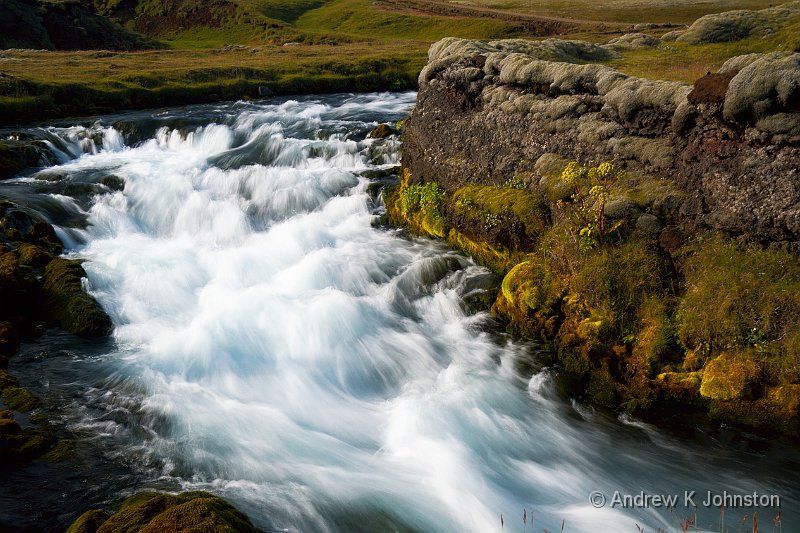
There’s a lovely moment in the film Sahara where Pitt and Giordano are following a typically desperate plan in the hope that if they can kill the villain his men will just surrender and lay down their arms. When, to Continue reading
Back to the Street
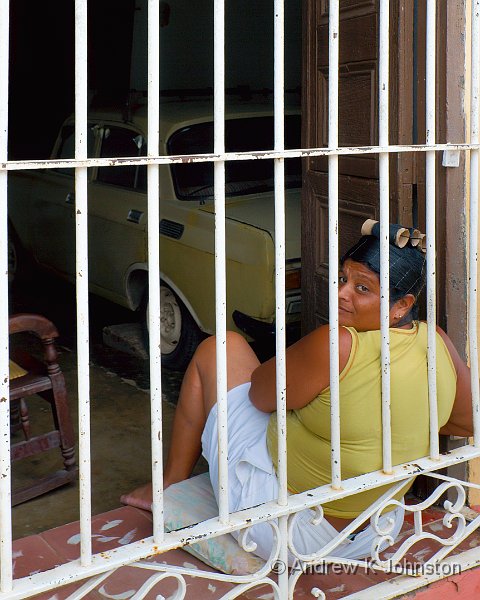
After a week of beautiful but desolate landscapes in Iceland, I fancied a bit of colour and vibrance from Cuba. This was the first shot in the list, and a bit intriguing. It’s definitely one way of keeping your car Continue reading
Shoot Only Puffins, Leave Only Footprints
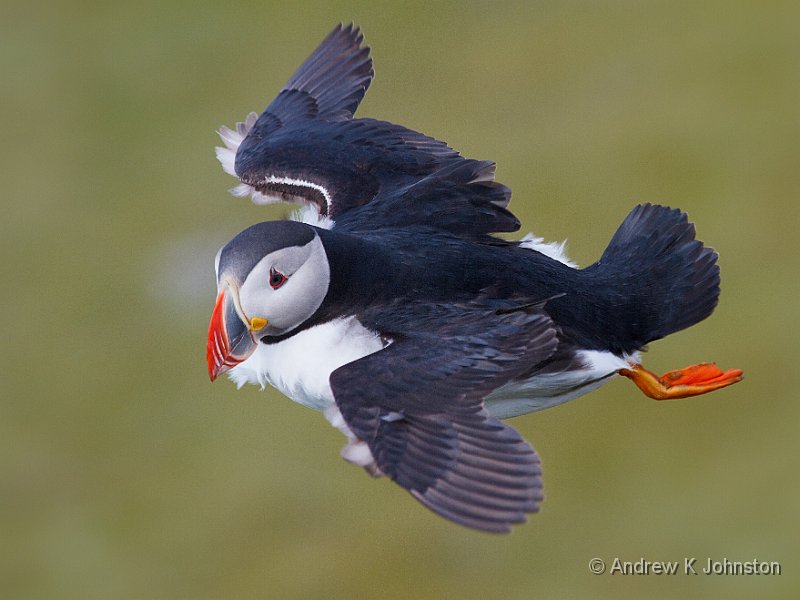
I was ready for a quiet day of mainly driving on Sunday. I was also ready to report a total of about 1800 shots taken, which is a bit lower than for the Cuba trip, not unreasonable given the slightly Continue reading
Fire and Ice – Delivered
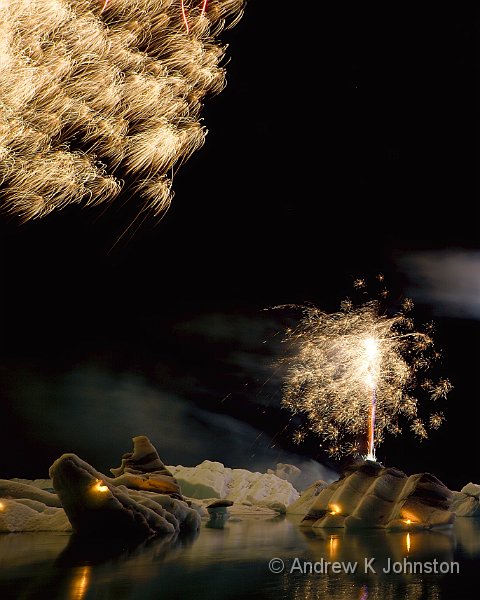
Saturday was when our tour really delivered on its “fire and ice” moniker. We started the day at the Jokulsarlon glacial lagoon, where an edge of the enormous Vatnajokull glacier calves off into the sea. Whereas 100 years ago this Continue reading
Floating Ice

This is a small iceberg floating in the Jokullsarlon galcial lagoon – see post above for details. Continue reading
One from the Road
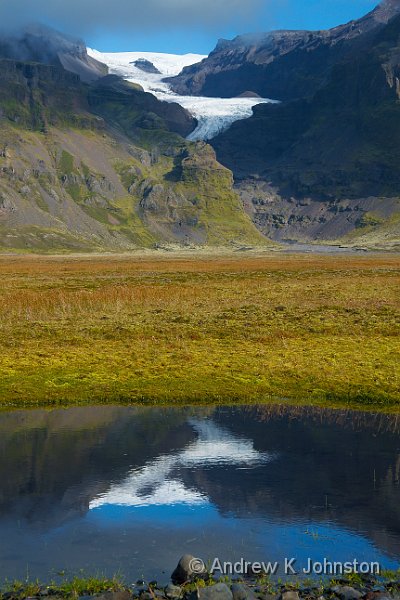
Saturday consisted of various views of the Vatnajokull glacier. Here’s one taken by shouting “stop” at Finn when we saw a puddle which reflected this glacial tongue in good light. Thankfully his quick reactions didn’t cause an accident. Continue reading
Also from the “Foss a Siva”
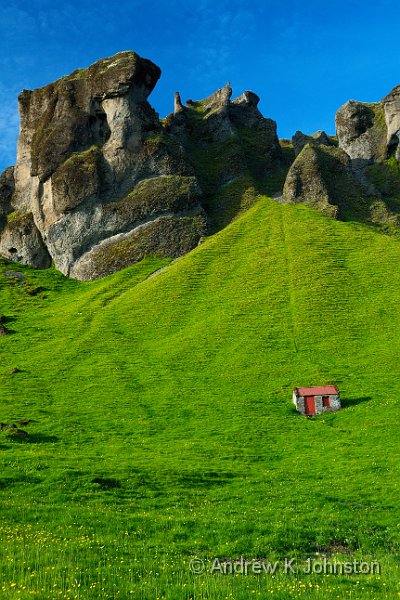
Here’s another view of the field beneath the Foss a Siva. I loved the light, and the simple colour palette, and just wanted to share this with you. Continue reading

 List
List Abstract
Abstract One+Abstract
One+Abstract
 Thoughts on the World (Main Feed)
Thoughts on the World (Main Feed) Main feed (direct XML)
Main feed (direct XML)